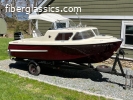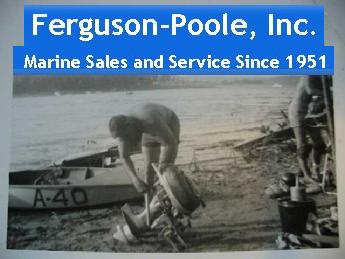|
Welcome,
Guest
|
TOPIC: Timing adjustment
Timing adjustment 8 years 7 months ago #114546
|
Please Log in or Create an account to join the conversation.
___________________
1970 Boston Whaler Sakonnet w/ Bearcat 55 1960 Chris Craft Continental w/ 283 ci V8 |
Re:Timing adjustment 8 years 7 months ago #114550
|
Please Log in or Create an account to join the conversation.
___________________
1970 Boston Whaler Sakonnet w/ Bearcat 55 1960 Chris Craft Continental w/ 283 ci V8 |
Re:Timing adjustment 8 years 7 months ago #114684
|
Please Log in or Create an account to join the conversation. |
Re:Timing adjustment 8 years 7 months ago #114723
|
Please Log in or Create an account to join the conversation.
___________________
1970 Boston Whaler Sakonnet w/ Bearcat 55 1960 Chris Craft Continental w/ 283 ci V8 |
Re:Timing adjustment 8 years 7 months ago #114901
|
Please Log in or Create an account to join the conversation. |
Re:Timing adjustment 8 years 7 months ago #114922
|
Please Log in or Create an account to join the conversation.
___________________
1970 Boston Whaler Sakonnet w/ Bearcat 55 1960 Chris Craft Continental w/ 283 ci V8 |
Re:Timing adjustment 8 years 7 months ago #115001
|
Please Log in or Create an account to join the conversation. |
Time to create page: 0.188 seconds














